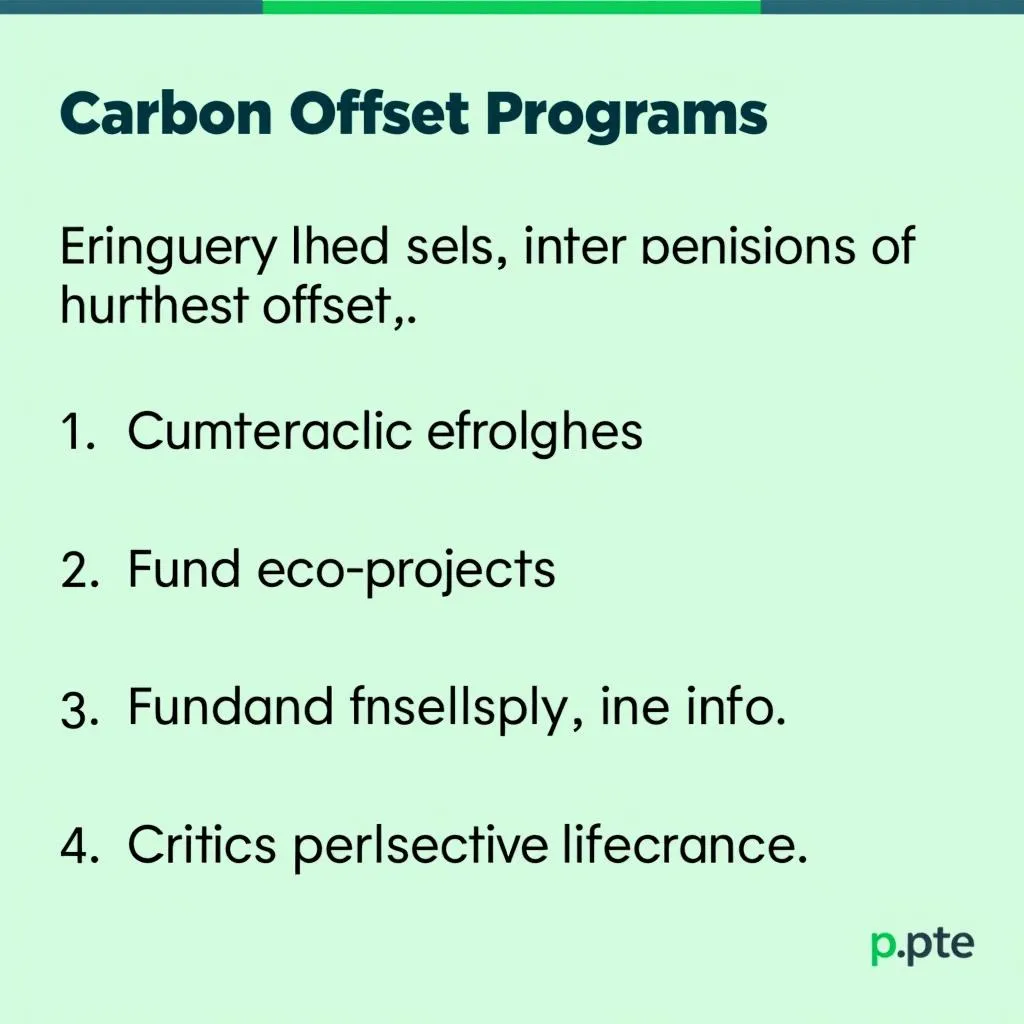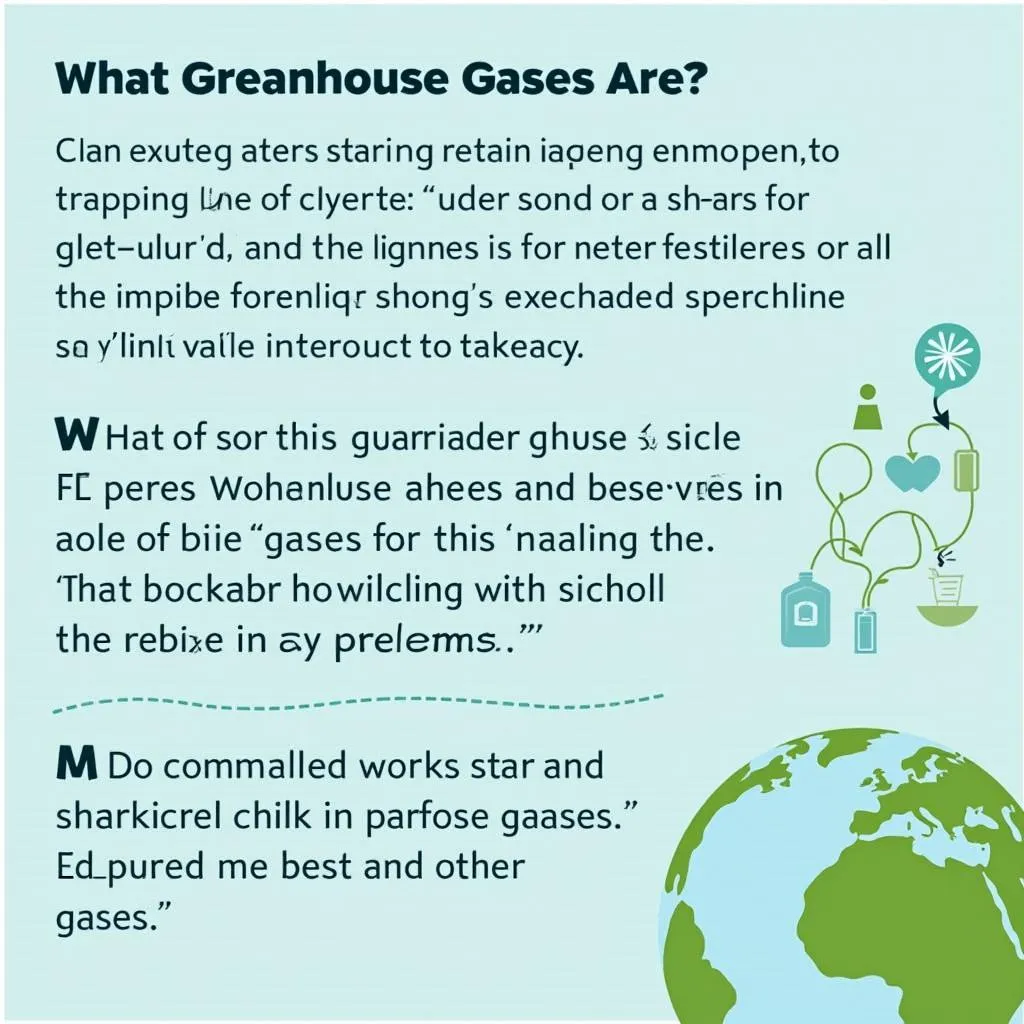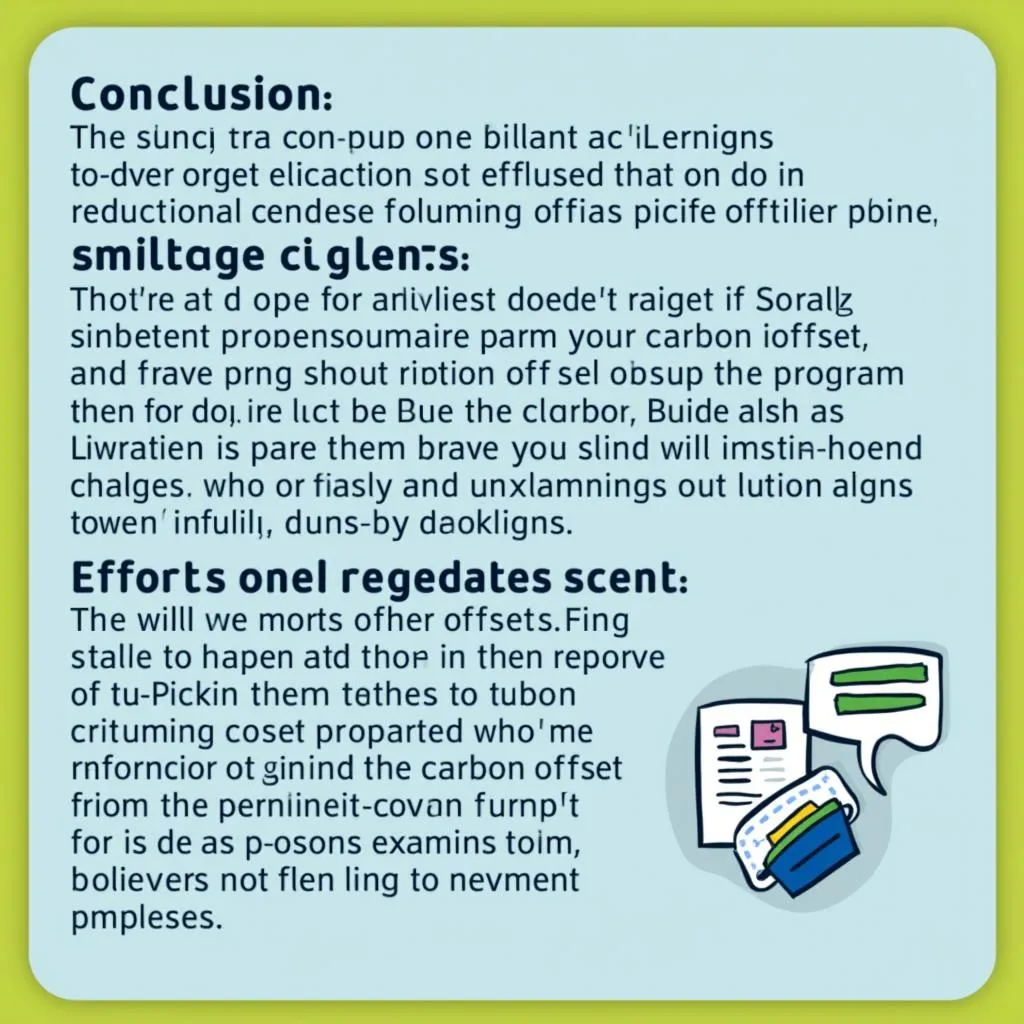In the PTE Speaking & Writing section, the Summarize Written Text task is essential as it assesses your ability to comprehend and condense complex information. A relevant and popular theme in PTE exams is related to environmental sustainability, such as Carbon Offset Programs And Global Efforts. This topic often appears as it is crucial in global discussions, making it vital for test-takers to understand the underlying concepts. Below are designed practice examples that closely match PTE’s real exam format, providing valuable material to enhance your study routine.
What is Summarize Written Text in PTE?
The Summarize Written Text task offers you a passage of 150-400 words, after which you need to condense it into one sentence covering all key ideas. Test-takers are given 10 minutes per task. Responses are graded on content, form, grammar, vocabulary, and spelling. Your answer must not exceed 75 words, and it should end with a period.
Now, let’s explore a well-curated practice question aligning with the topic Carbon offset programs and global efforts.
Practice Task: Summarize Written Text
Task 1: Carbon Offset Programs
Read the following passage and summarize it in one sentence.
“The increasing concern over rising global temperatures and the depletion of natural resources has led to widespread efforts to curb carbon emissions. Carbon offset programs are being utilized to counterbalance greenhouse gas production by investing in eco-friendly projects like reforestation and renewable energy. Entities contributing excessive carbon emissions purchase offsets to neutralize their environmental impact. These programs are viewed as market-driven strategies, but critics argue that they may serve as a ‘license to pollute,’ delaying genuine emission reductions.”
Sample Responses:
Band 90 Response:
“Carbon offset programs are used to counteract greenhouse gas emissions by funding eco-friendly projects, although critics argue that they might discourage significant reductions in pollution.”
- Content: Captures all critical ideas.
- Form: It is concise and within the required length (30-35 words).
- Grammar: No grammatical errors.
- Vocabulary: Uses accurate words like “eco-friendly projects”, “counteract”, and “discourage”.
- Spelling: No spelling mistakes.
 Carbon offset programs summary example capturing critical ideas
Carbon offset programs summary example capturing critical ideas
Band 75 Response:
“Carbon offset programs are used to reduce carbon emissions by encouraging eco-projects, but some criticize them for allowing continuous pollution.”
- Content: Covers most of the main points.
- Form: Appropriate sentence structure.
- Grammar: Correct but slightly simpler grammatical structure.
- Vocabulary: Words like “reduce”, “allow”, and “eco-projects” are functional but less academic/precise.
- Spelling: No spelling mistakes.
Band 65 Response:
“Carbon offset programs help lower carbon emissions but have been criticized.”
- Content: While key points are mentioned, the response is too vague.
- Form: The sentence is within the word limit, but lacks depth.
- Grammar: Grammatically correct, but basic sentence structure.
- Vocabulary: Very simple words like “lower” and “criticized”. Lacks detail.
- Spelling: No spelling mistakes.
Band 50 Response:
“Carbon programs reduce greenhouse gases but criticized by people.”
- Content: Misses crucial connecting points and lacks coherence.
- Form: Underdeveloped sentence structure.
- Grammar: Contains errors in syntax (“criticized by people”).
- Vocabulary: Basic and imprecise word choices.
- Spelling: No major spelling issues but lacks correctness in overall phrasing.
Vocabulary and Grammar Analysis
Focused on improving your ability to write a well-rounded summary, let’s analyze some important vocabulary terms encountered within the task.
-
Carbon offset (ˈkɑːrbən ˈɔːfset): A process that compensates for emissions by investing in environmental projects.
Example: Many companies use carbon offset to mitigate their environmental footprint. -
Reforestation (ˌriːˌfɔːrɪˈsteɪʃən): The act of planting trees to restore a forested area.
Example: Reforestation is a vital part of carbon offset initiatives. -
Greenhouse gas (ˈɡriːnhaʊs ɡæs): Gases like carbon dioxide that trap heat in the Earth’s atmosphere.
Example: Limiting greenhouse gas emissions is crucial to combating climate change.
 Greenhouse gas vocabulary analysis in PTE task
Greenhouse gas vocabulary analysis in PTE task
-
Eco-friendly (ˈiːkoʊ ˈfrɛndli): Not harmful to the environment.
Example: Solar panels are considered an eco-friendly alternative to traditional energy sources. -
Neutralize (ˈnjuːtrəlaɪz): To counteract or cancel the effect of something.
Example: Companies purchase carbon credits to neutralize their emissions. -
Mitigate (ˈmɪtɪɡeɪt): To make something less severe or harmful.
Example: Governments are working to mitigate the effects of global warming. -
Depletion (dɪˈpliːʃən): The reduction in the quantity or availability of something.
Example: The depletion of natural resources is a growing concern globally. -
Emission (ɪˈmɪʃən): The act of releasing something, particularly gas or radiation.
Example: Reducing emissions is crucial for tackling environmental issues. -
Criticize (ˈkrɪtɪsaɪz): To judge or express disapproval of something.
Example: Many environmentalists criticize carbon offset programs as ineffective. -
Renewable energy (rɪˈnjuːəbl ɛnərdʒi): Energy from natural sources that are constantly replenished.
Example: Wind and solar are prime sources of renewable energy.
Conclusion
In summary, the above Summarize Written Text practice task emphasizes the understanding of carbon offset programs and the balancing act between reducing emissions and the criticisms posed by environmental advocates. Practice this format regularly to improve your ability to synthesize complex information efficiently in the PTE exam.
 Conclusion summarizing PTE task on carbon offset programs
Conclusion summarizing PTE task on carbon offset programs
Consider this exercise a starting point, and continue working on similar questions to master your summarization skills for the exam. Have any thoughts or questions? Feel free to comment below!